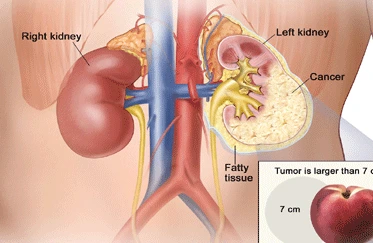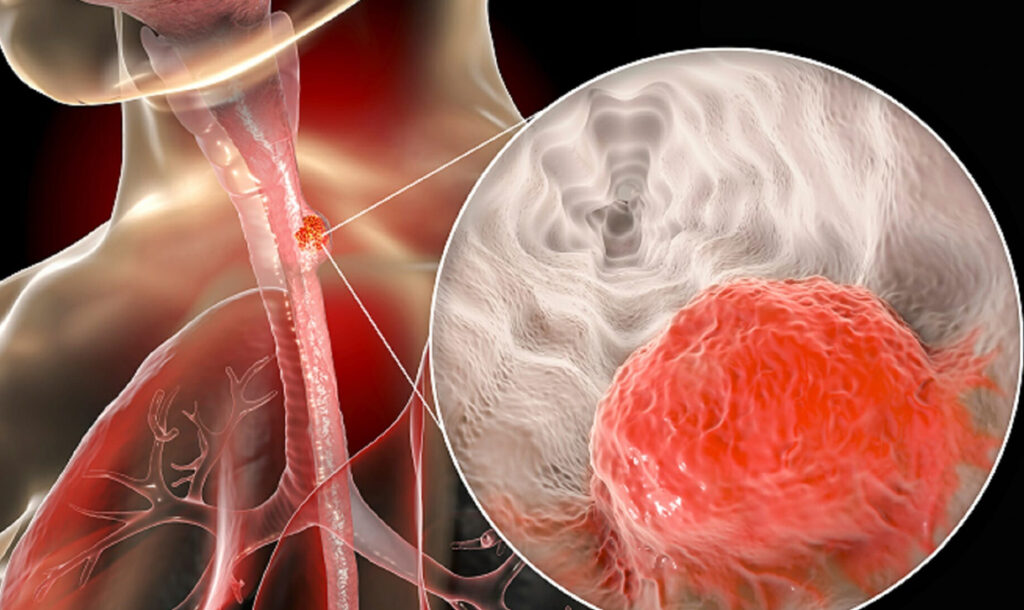After some great work with AI/ML, GE Healthcare’s India engineers will lead 5G innovation
Hospital beds and equipment now have a lot of wires around them that transmit patient data Reliability and security of data and speed of data transmission are critical in healthcare Wires ensure that. But now, 5G comes with a level of reliability speed and security far superior to 4G, and will allow many of those wires to be dispensed with. That opens up a range of possibilities.
It’s the reason why the $18-billion GE Healthcare recently established its first global 5G innovation lab at its R&D centre in Bengaluru Jan Makela, CEO of the imaging business, says it is a big investment, and accelerates all their product teams into 5G. “The idea is to try out ideas and think about the products to be launched using 5G.” he says.
The company’s engineers in India have already done great work with Al/ ML. Now, they will lead the company’s 5G innovations.
Today, the machine that scans your body for instance, is also the one that crunches the data and gives you a picture on the machine. 5G, Makela says, will allow you to send the data to the cloud, where the picture would be instantly created and sent back “So, you could make the scanning machine much simpler and cheaper,” he says. Which means, MRI and CT machines could be available in more hospitals, and remote locations.
For years, we have sold different kinds of hardware. Now, we are using software and Al/ ML to bring data from all of these devices together to give doctors a better understanding of a patient, so that they can take better and faster decisions.
The India tech centre, is the epicentre of GE Healthcare’s digital transformation Innovation. More than 1,000 patents have been delivered from this centre.
Today, a lot of hospitals run on landline networks because of the need for speed, integrity and low latency. With the advantage of massive bandwidth, high data speeds, low latency, and highly reliable connectivity, 5G has the potential to disrupt the patient care continuum, transforming diagnosis, therapy, and prognosis. Also, remote areas can be connected better, improving access to quality healthcare.
Data on the cloud in combination with 5G, Makela says, will also enable doctors to easily access patient data from anywhere, making patient care easier and cheaper.
Girish Raghavan, VP of engineering at GE Healthcare, says 5G will allow all information about, say, a stroke patient being brought in an ambulance to be available to doctors by the time the patient reaches the hospital, allowing them to take the critical decision on the care path well in advance. He says video consultations and remote patient monitoring will become enormously more effective. “In India, patients travel with family and come to big cities, which is a costly affair. With 5G, they can remain in their hometown, and yet get the same care they would get in big cities,” he says. In a few years, he says, 5G may even enable complex robotic surgeries by highly skilled doctors sitting remotely.
The India tech centre, Raghavan says, is the epicentre of GE Healthcare’s digital transformation innovation. “We are really good in five areas. One, we have the best AI technologies being developed here. Two, we have the best data science team here. Three, we are the epicentre of cloud develop ment. Four, we do a lot of work on additive technologies. In fact, the first additive part ever to get into a healthcare product was done here. And, now, we have 5G. We have very core tech nologies that we expect will transform healthcare in the next decade,” he says.
Makela says since GE has many dif ferent kinds of machines that pick up data about the same patient, the company is now using technology to bring together all of this data and use Al/ML to provide insights that make doctor decisions better and faster.
This is becoming particularly im portant as the industry moves towards precision healthcare. Previously, Make la says, cancers involved standard treatments-surgery, chemo and/or radiotherapy Today, a variety of different drugs and protocols have emerged to treat different kinds of cancer cell mutations. So, GE is working to bring to gether the lab test results, the DNA analysis of the cancer, the genomic data, the imaging data, the medical notes, and that would enable a doctor to build a better picture of the patient, and predict the best treatment.
A cardiology patient, Makela says, often goes through a variety of hardware ECG, ultrasound, CT, interventional ultrasound, patient monitoring devices “For years we have sold all those bits of hardware. But a cardiologist will say help me understand if this is a person who is a candidate for valve replace ment, help me fuse the images from the CT machine and the ultrasound machine so I can plan better how I do the surgery Once you start to join these things together, the doctor can do more personalised procedures at lower cost and better patient outcomes,” he says.
Inside this whole system is a lot of software and Al. And a lot of that work, Makela says, is driven by the technology centre in India, “because our biggest software centre is here.”



